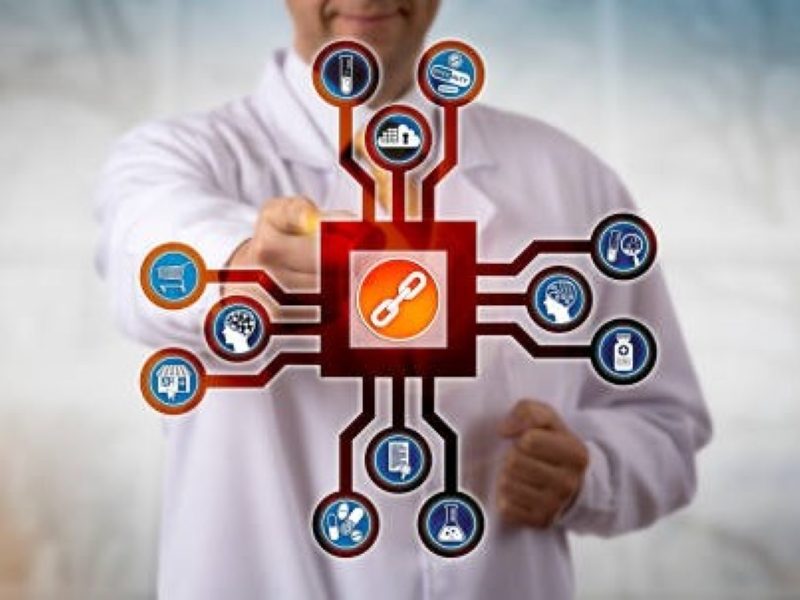- Interoperability in technology, especially in cloud computing and IT systems, generally refers to the ability of different systems, applications, or platforms to work together effectively.
- Interoperability is essential for efficient data exchange, effective collaboration, and smooth operation across diverse platforms and systems.
In today’s interconnected world, the ability of different systems, applications, and organisations to work together seamlessly is more crucial than ever. This capability, known as interoperability, is essential for efficient data exchange, effective collaboration, and smooth operation across diverse platforms and systems. In this blog, we’ll explore the three primary types of interoperability: technical, semantic, and organisational.
1. Technical interoperability: the foundation of connectivity
Technical interoperability is the most fundamental type, focusing on the ability of different systems and devices to connect and communicate effectively. It involves the following key components:
Protocols and standards: Different systems often use different communication protocols and data formats. Technical interoperability ensures that these systems can understand each other by adhering to common standards. For example, web services often use standard protocols like HTTP and data formats like JSON or XML for communication.
Data exchange: Efficient data exchange between systems is crucial for integration. Technical interoperability ensures that data can be transmitted and received correctly across different platforms, often requiring standardised APIs and data structures.
Hardware and software integration: This aspect ensures compatibility between various hardware devices and software applications. It includes using standard interfaces and connectors to facilitate communication and interaction.
By achieving technical interoperability, organisations can ensure that their systems and devices work together, enabling smoother operations and reducing compatibility issues.
Also read: Nvidia’s Clara: AI for personalised healthcare
Also read: The International Telecommunication Union: What this unsung UN agency does
2. Semantic interoperability: ensuring meaningful data exchange
Semantic interoperability goes beyond the technical aspects to focus on the meaning and interpretation of the data being exchanged. It addresses the following:
Data meaning and context: For data to be effectively shared and utilised, it must be understood in the same context by all systems involved. Semantic interoperability ensures that data is interpreted consistently, regardless of the system or application receiving it.
Data transformation: Sometimes, data needs to be transformed into different formats or structures to be understood correctly by various systems. Semantic interoperability involves converting data while preserving its intended meaning and context.
Consistency: Maintaining consistent data definitions and relationships across different systems is crucial for accurate data processing and decision-making. This consistency is achieved through standard vocabularies, ontologies, and data models.
Semantic interoperability is essential for ensuring that data exchange is not just about moving information from one place to another but also about making sure that the data is meaningful and usable across different platforms.
3. Organisational interoperability: aligning processes and policies
Organisational Interoperability involves the alignment of business processes, policies, and practices across different organisations or departments. It encompasses:
Process alignment: Different organisations or departments may have varying workflows and processes. Organisational interoperability ensures that these processes are harmonised to facilitate effective collaboration and data sharing.
Policy and governance: Establishing common policies, standards, and governance practices is crucial for ensuring consistent and secure data sharing. Organisational interoperability involves creating agreements and frameworks that govern how data is handled and shared across entities.
Cultural and structural integration: Successful integration also requires addressing cultural and structural differences between organisations. This includes understanding and aligning with each entity’s unique practices and working styles to ensure smooth collaboration. Organisational interoperability is key to achieving effective collaboration between different entities, ensuring that they can work together efficiently while maintaining security and compliance.

